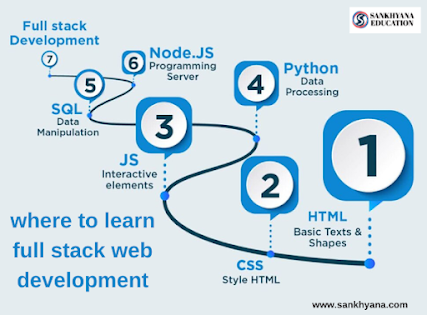Interactive Data Visualization using Python Libraries
Interactive Data Visualization using Python Libraries
Data visualization is a powerful tool for making sense of complex datasets and communicating insights effectively. While static charts and graphs have their place, interactive data visualization takes it a step further by allowing users to explore and interact with data dynamically. Python, with its rich ecosystem of libraries, offers numerous options for creating interactive data visualizations. In this article, we will explore some popular Python libraries for interactive data visualization and how to use them.
Why Interactive Data Visualization?
Static data visualizations are like static images—they convey information but lack interactivity. Interactive visualizations, on the other hand, enable users to engage with the data, providing a more immersive and insightful experience. Here are some reasons why interactive data visualization is valuable:
1. Exploratory Data Analysis (EDA): Interactive visualizations make it easier to explore complex datasets. Users can zoom in, filter, and drill down into specific data points of interest, uncovering patterns and trends.
2. User Engagement: Interactive visualizations are more engaging and can hold the viewer's attention for longer periods. This is particularly important when presenting data to a broad audience.
3. Storytelling: Interactive visualizations can be used to tell a data-driven story. By guiding users through the data interactively, you can convey a narrative and lead them to important insights.
4. Data Validation: Users can validate their assumptions and hypotheses by manipulating the data directly within an interactive visualization, improving data-driven decision-making.
.png)



Comments
Post a Comment